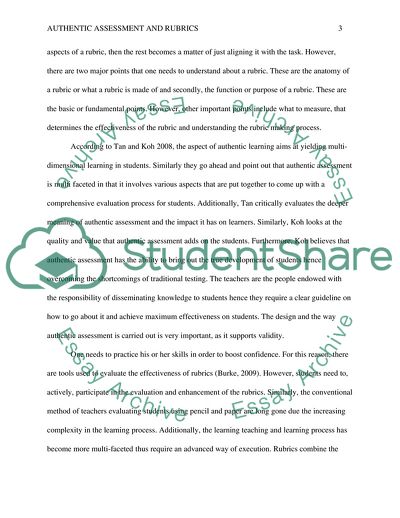Cite this document
(Authentic Assessment and Rubrics Coursework Example | Topics and Well Written Essays - 3750 words, n.d.)
Authentic Assessment and Rubrics Coursework Example | Topics and Well Written Essays - 3750 words. https://studentshare.org/education/1758127-authentic-assessment
Authentic Assessment and Rubrics Coursework Example | Topics and Well Written Essays - 3750 words. https://studentshare.org/education/1758127-authentic-assessment
(Authentic Assessment and Rubrics Coursework Example | Topics and Well Written Essays - 3750 Words)
Authentic Assessment and Rubrics Coursework Example | Topics and Well Written Essays - 3750 Words. https://studentshare.org/education/1758127-authentic-assessment.
Authentic Assessment and Rubrics Coursework Example | Topics and Well Written Essays - 3750 Words. https://studentshare.org/education/1758127-authentic-assessment.
“Authentic Assessment and Rubrics Coursework Example | Topics and Well Written Essays - 3750 Words”. https://studentshare.org/education/1758127-authentic-assessment.


